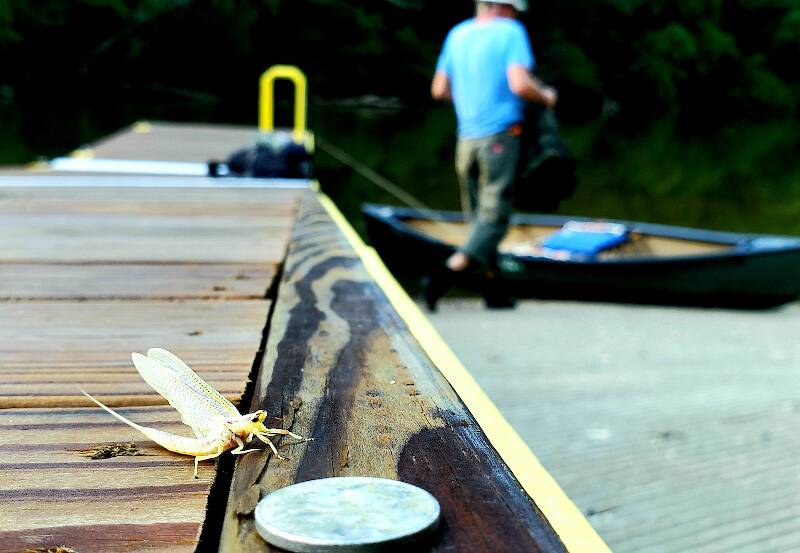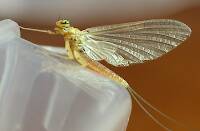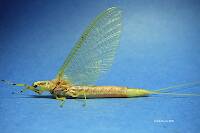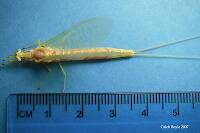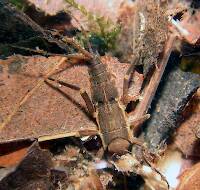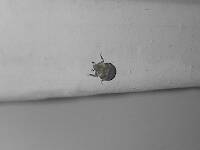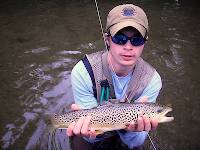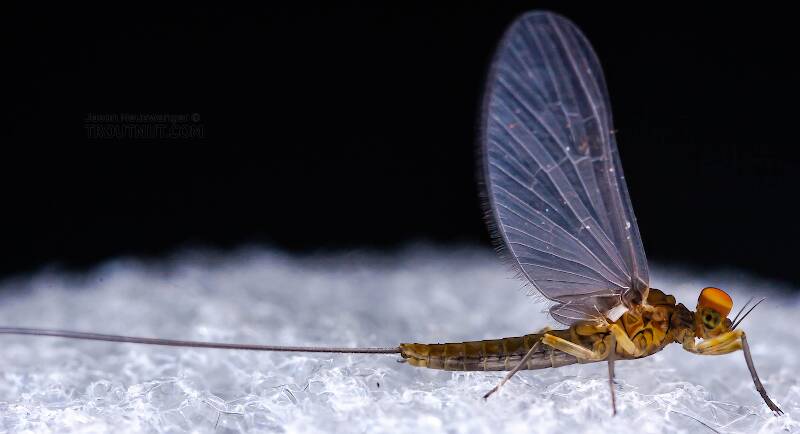
Blue-winged Olives
Baetis
Tiny Baetis mayflies are perhaps the most commonly encountered and imitated by anglers on all American trout streams due to their great abundance, widespread distribution, and trout-friendly emergence habits.
Featured on the forum
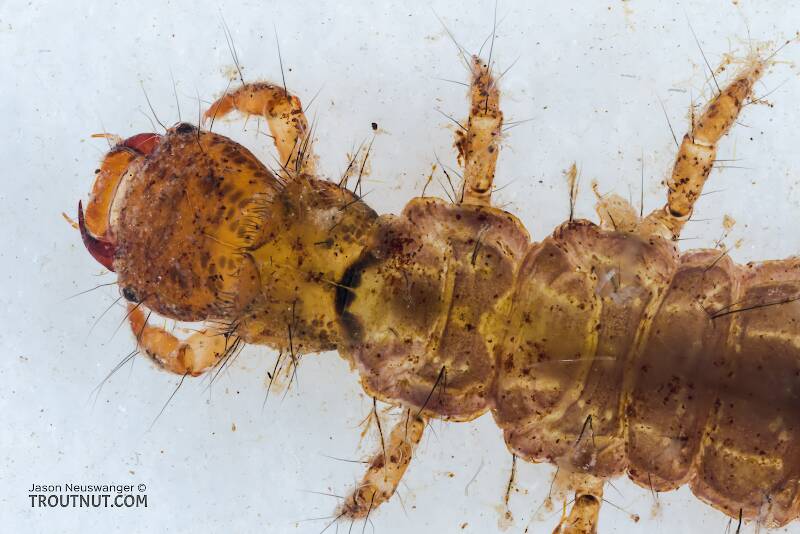
This one seems to tentatively key to Holocentropus, although I can't make out the anal spines in Couplet 7 of the Key to Genera of Polycentropodidae Larvae nor the dark bands in Couplet 4 of the Key to Genera of Polycentropodidae Larvae, making me wonder if I went wrong somewhere in keying it out. I don't see where that could have happened, though. It might also be that it's a very immature larva and doesn't possess all the identifying characteristics in the key yet. If Holocentropus is correct, then Holocentropus flavus and Holocentropus interruptus are the two likely possibilities based on range, but I was not able to find a description of their larvae.

Troutnut is a project started in 2003 by salmonid ecologist Jason "Troutnut" Neuswanger to help anglers and
fly tyers unabashedly embrace the entomological side of the sport. Learn more about Troutnut or
support the project for an enhanced experience here.
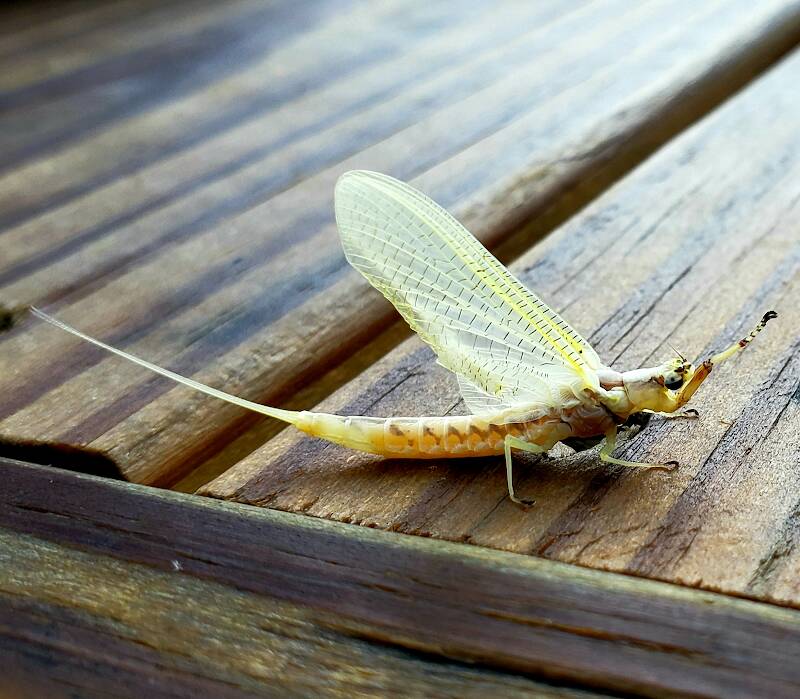
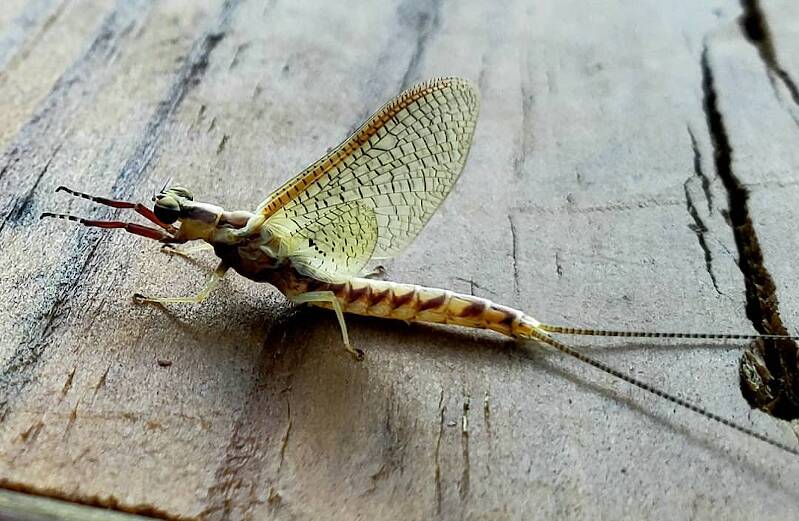
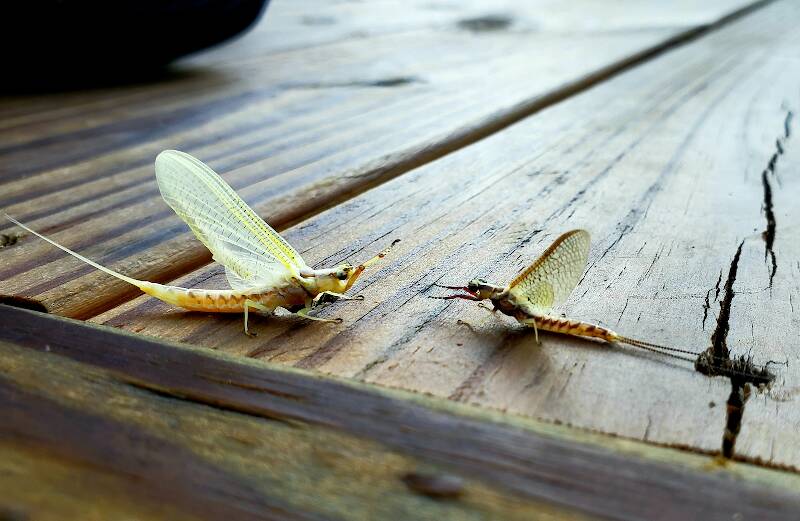
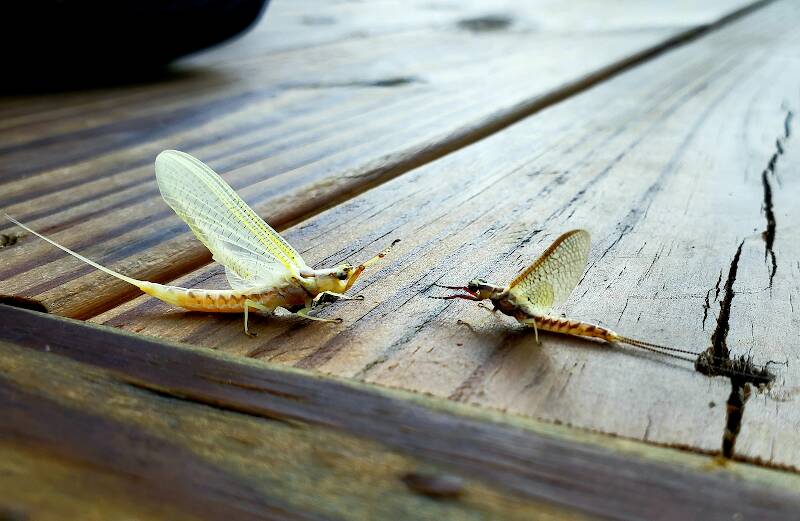
Sekod on Aug 26, 2019August 26th, 2019, 9:49 pm EDT
The larger fly had 2 long tails and one very short tail (almost a stub) in between the longer ones. The smaller one had 2 tails. Warmwater river (Little River) in the Piedmont of North Carolina. ID help? Thank you.
Taxon on Aug 27, 2019August 27th, 2019, 6:54 am EDT
Hi Jonathan-
I believe those mayfly subimagoes are both of genus Hexagenia. The larger one is a female, and the smaller one is a male.
I believe those mayfly subimagoes are both of genus Hexagenia. The larger one is a female, and the smaller one is a male.
Quick Reply
Related Discussions
Topic
Replies
Last Reply
2
Jul 9, 2018
by Martinlf
by Martinlf
6
Sep 22, 2006
by Troutnabout
by Troutnabout
2
Mar 29, 2021
by Troutnut
by Troutnut
1
Sep 9, 2008
by GONZO
by GONZO
4
Nov 1, 2012
by Entoman
by Entoman
Re: Identification of a possible Cordulegaster Dragonfly Nymph
In Cordulegaster Dragonfly Nymph by IanB
In Cordulegaster Dragonfly Nymph by IanB
6
Feb 10, 2017
by Taxon
by Taxon


